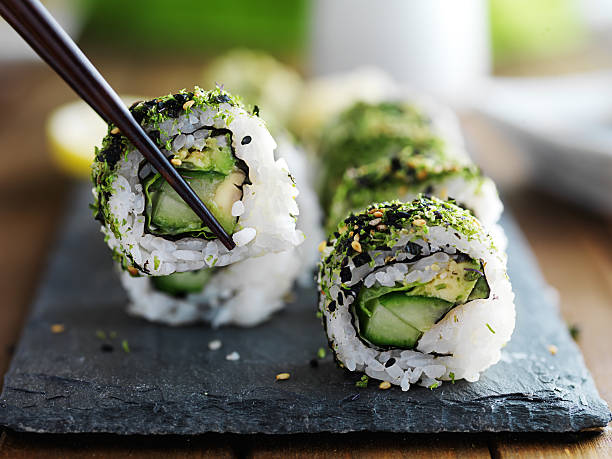Nyotaimori, the practice of serving sushi on the naked body of a woman, is a unique tradition deeply rooted in Japanese culture. This centuries-old custom combines the artistry of sushi-making with the aesthetic presentation on a living canvas, creating a dining experience that is both visually stunning and gastronomically exquisite.
The Origins of Nyotaimori
Nyotaimori, translating to “female body presentation,” has its origins in the samurai culture of feudal Japan. It was believed to have been practiced during victory celebrations, where samurai warriors would dine on sushi served on the bodies of geishas. This tradition was not merely about the food but also about celebrating beauty, elegance, and the craftsmanship of sushi-making.
The Art of Nyotaimori
Central to nyotaimori is the meticulous preparation and presentation of sushi. Skilled chefs select the freshest ingredients and employ precise techniques to craft sushi that delights the senses. The sushi is then artfully arranged on the model’s body, taking into account the contours and curves to create a harmonious display. This fusion of culinary and visual art elevates the dining experience to a performance, where every detail is crafted to perfection.
Modern Interpretations and Controversies
While nyotaimori is steeped in tradition, it has also evolved with modern influences. Contemporary interpretations often incorporate innovative ingredients and presentation styles, reflecting changes in culinary trends and cultural attitudes. However, the practice has not been without controversy. Critics argue that it objectifies women and raises ethical concerns about consent and exploitation. These debates have led to stricter regulations and a push for ethical standards in nyotaimori practices.
Nyotaimori in Today’s Gastronomy
Despite the controversies, nyotaimori remains a sought-after experience in certain culinary circles. It symbolizes luxury and exclusivity, offering diners a unique blend of tradition and modernity. Events featuring nyotaimori are often private and highly curated, emphasizing respect and professionalism to address ethical concerns. The practice continues to captivate those who seek an extraordinary dining experience that transcends conventional sushi presentations.
Conclusion
Nyotaimori stands at the crossroads of tradition and modern gastronomy, embodying the intricate artistry of sushi-making and the beauty of the human form. As the practice evolves, it remains a fascinating example of how cultural heritage can adapt to contemporary values and tastes. Whether viewed through the lens of controversy or celebration, nyotaimori offers a unique glimpse into the rich tapestry of Japanese culinary traditions.






